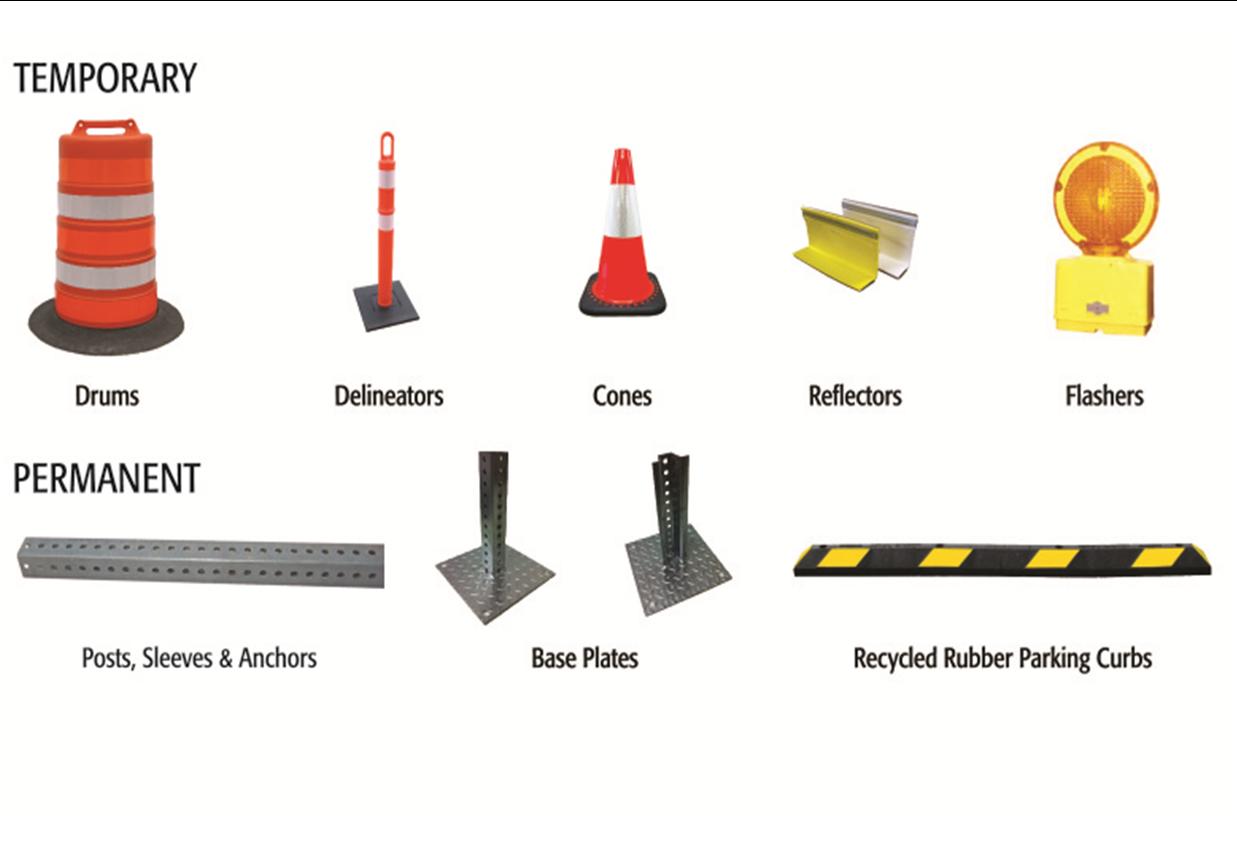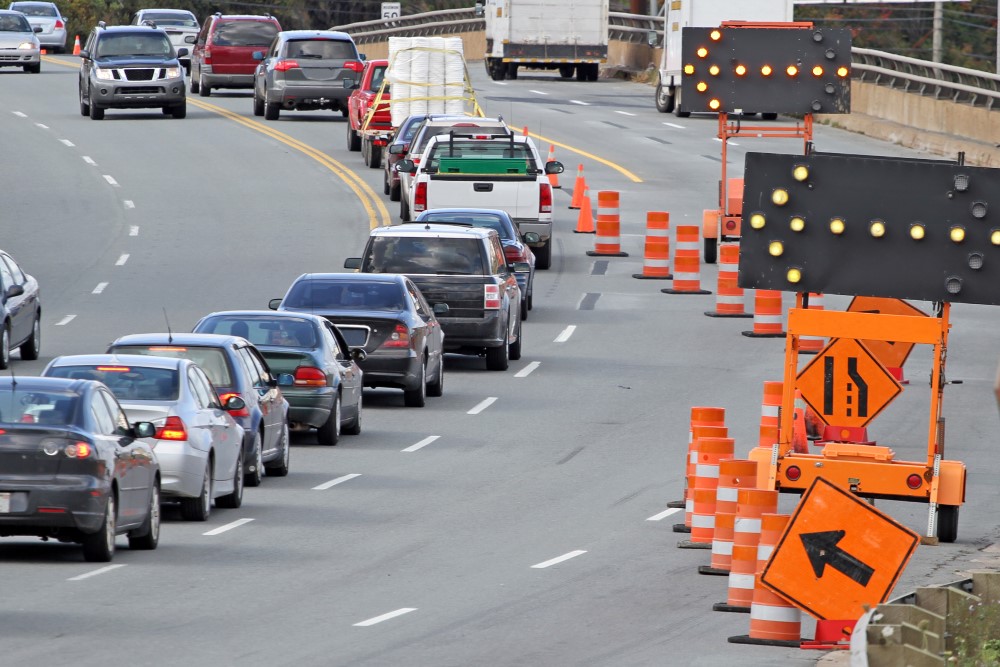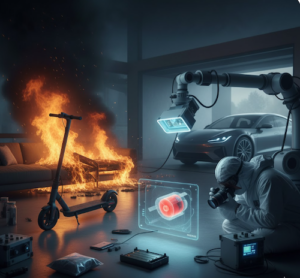During a busy morning commute, a truck glances a road barrier causing it to side-swipe a sedan which careens into a nearby bicyclist who suffers extensive damages. Accident reconstructionists are called to the scene. Delta V’s are calculated. The positions, actions and reactions of all the participants are calculated and considered in order to determine who is at fault. But the fault may lay elsewhere. What about the Traffic Control Plan (TCP)? Was that road barrier (traffic control device) that the truck hit correctly positioned? Was the proper TCD being used in this situation? If it was the correct TCP, was it correctly serviced? Did it have the requisite amount of water/sand as ballast? This is where analyzing the Traffic Control Plan is extremely important.
As with most technical topics or specialties, when one digs in, a veritable alphabet soup ensues:
MUTCD (Manual on Uniform Traffic Control Devices). Produced by the Department of Labor, this OSHA document states:
“During any time the normal function of a roadway is suspended, temporary traffic control planning must provide for continuity of function (movement of traffic, pedestrians, transit operations, and access to property/utilities). The location where the normal function of the roadway is suspended is defined as the work space. The work space is that portion of the roadway closed to traffic and set aside for workers, equipment, and material. Sometimes there may be several work spaces within the project limits. This can be confusing to drivers because the work spaces may be separated by several miles. Each work space should be adequately signed to inform drivers of what to expect.”
TTC (Temporary Traffic Control). The primary function of TTC is to provide for reasonably safe and effective movement of road users through or around TTC zones while reasonable protecting road users, workers, responders, to traffic incidents and equipment.
ATSSA (American Traffic Safety Services Association) This is an organization that represents the road safety, traffic safety, and highway safety industry with effective legislative advocacy, traffic control safety training, and a far-reaching member partnership. ATTSA operates the Roadway Safety Training Institute which certifies workers through the Advanced Work Zone Traffic Control Course.
TCD (Traffic Control Devices) Traffic control devices are markers, signs and signal devices used to inform, guide and control traffic, including pedestrians, motor vehicle drivers and bicyclists. These can include such things as signs, cones, barriers, barrels etc… There are very specific guidelines and criteria as to what devices are used in what situations.
When identifying what experts might be needed to investigate this morning commute accident, in addition to an accident reconstructionist, an engineer who is an accredited Traffic Control Supervisor should be considered. This engineer can scrutinize the Traffic Control, determine if the Traffic Control Plan was appropriate for the circumstances and conclude if the Traffic Control Plan was installed correctly. A Traffic Control Supervisor will have the ability to see if the daily inspections occurred and if the TCP Log Book is current and without deficiencies. The engineer will able to review all the documentation and determine if the approved TCP was correctly implemented at the time of the incident. For instance, they would understand if the correct channelization devices were utilized.
With regards to the accident that led of this discussion, it could be determined that on that busy commute, the truck driver was doing what he was supposed to, the sedan was where it should be and the bicyclist was without fault. It could be determined that the barrier was inappropriate and at fault. You need the correct expert to guide you to the answer.
Featured Engineer: George Wharton, P.E., CFEI
Submit a case or claim online.
Contact a CED Engineer in your region.






